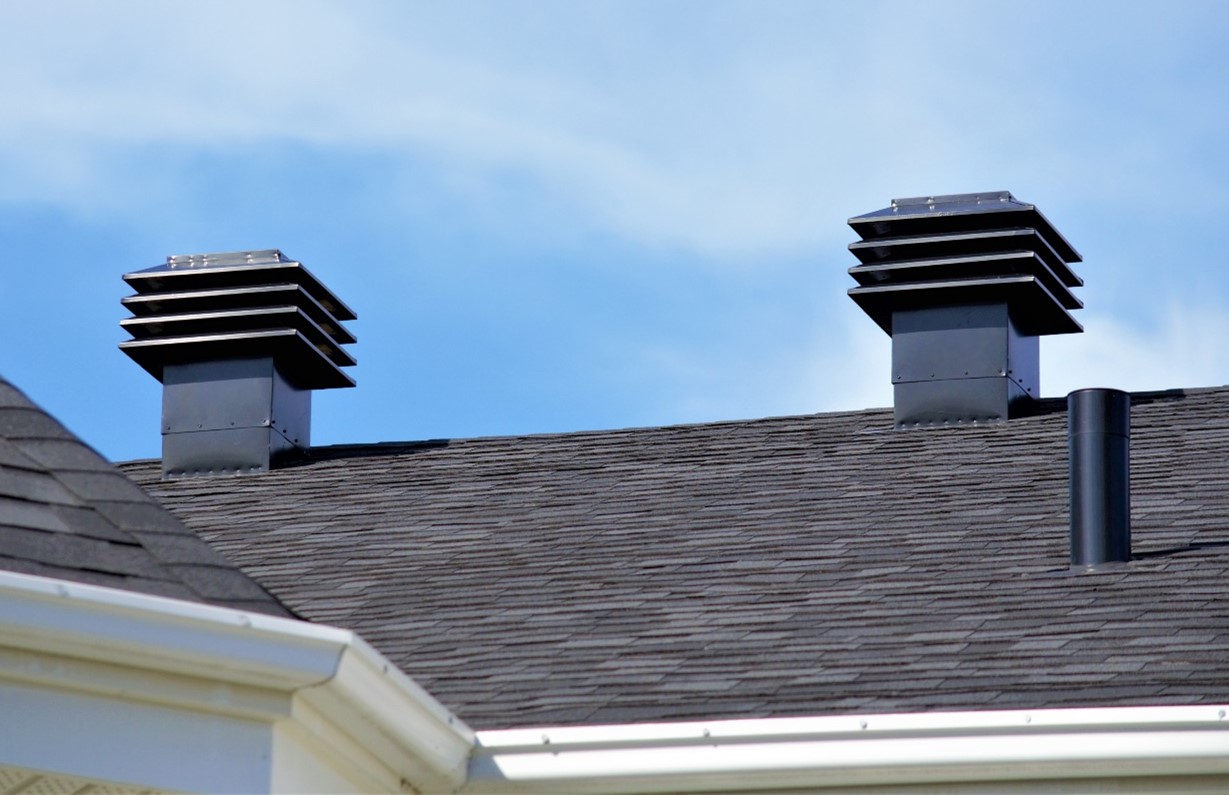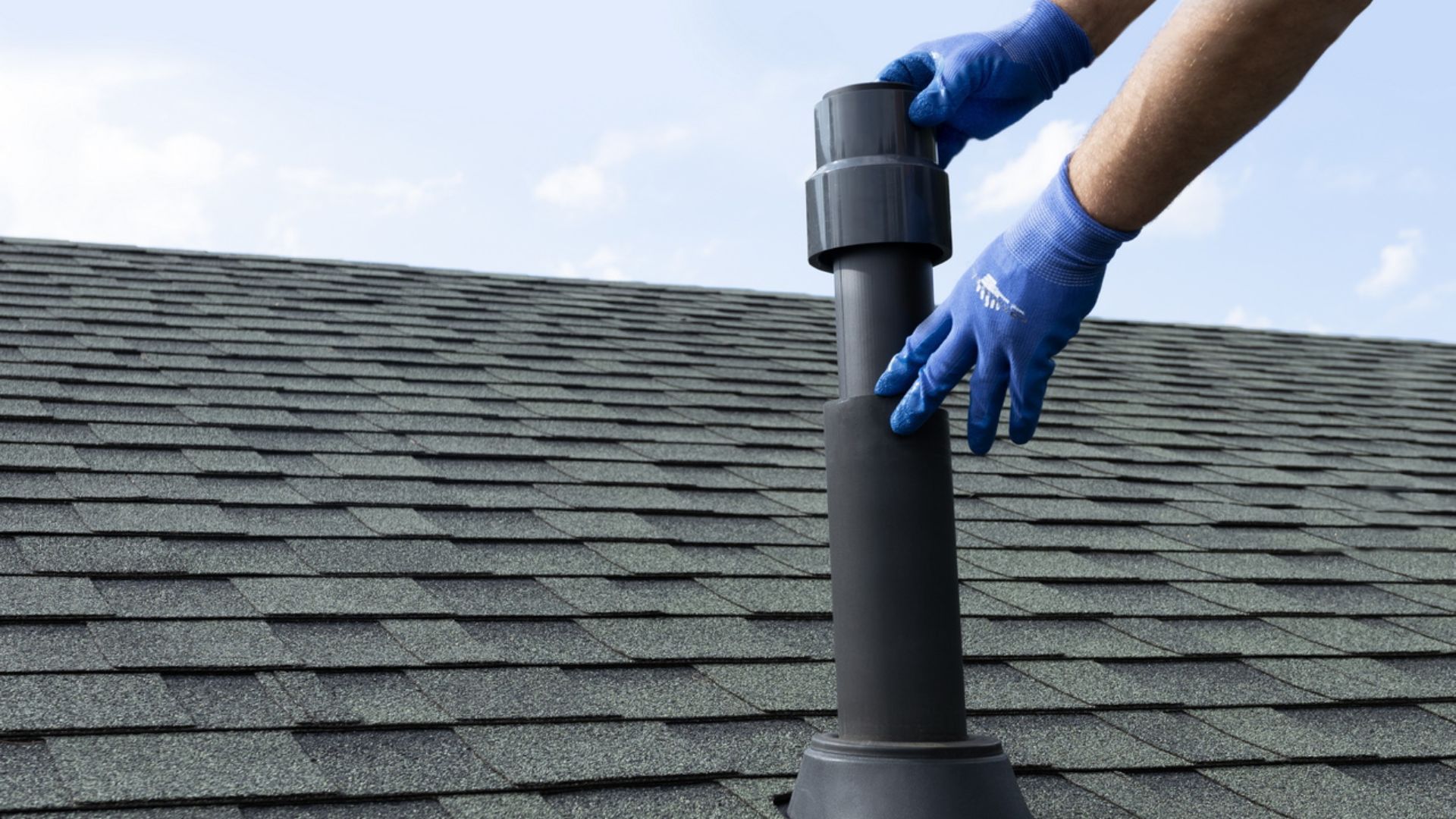The Importance of Proper Ventilation in Building Plumbing Systems
The Importance of Proper Ventilation in Building Plumbing Systems
Blog Article
How do you feel about What Are Plumbing Vents and Why Are They Important??

Proper air flow in pipes systems is often ignored, yet it is crucial for preserving the performance and safety and security of your home's plumbing. Air flow assists control air pressure, protect against the buildup of hazardous gases, and make certain the reliable removal of waste. In this guide, we will explore the importance of appropriate plumbing ventilation, how it works, and the benefits it gives your plumbing system.
Understanding Air Flow in Plumbing
Ventilation in plumbing describes the network of pipelines that enable air to flow via the water drainage system. These vents serve numerous objectives, including regulating atmospheric pressure within the pipelines, protecting against sewage system gases from going into the home, and helping in the smooth circulation of wastewater.
Exactly How Ventilation Functions in Plumbing Equipments
Air Pressure Regulation
Appropriate air flow preserves well balanced air pressure within the pipes system. When water moves with pipelines, it displaces air. Without ample ventilation, this displacement can create unfavorable pressure, resulting in slow down drains or siphoning of water from catches, which can create unpleasant smells to permeate into the home.
Preventing Sewer Gas Buildup
Among one of the most vital features of pipes vents is to stop sewage system gases, such as methane and hydrogen sulfide, from building up within the home. These gases can posture major wellness risks and are highly flammable. Vent pipes enable these gases to run away securely outdoors.
Aiding in Waste Elimination
Air flow helps in the effective removal of wastewater by stopping airlocks in the drain system. When air can flow easily through the vents, it permits water and waste to stream smoothly through the pipelines, minimizing the risk of obstructions and backups.
Sorts Of Plumbing Vents
Key Heap Vent
The main pile vent, also called the vent pile, is the main vent in a pipes system. It expands from the primary drainpipe line up via the roofing system, allowing gases to get away and fresh air to get in the system.
Branch Vent
Branch vents attach to the primary pile air vent and serve private fixtures, such as sinks, toilets, and showers. These vents guarantee that each component has sufficient ventilation to operate properly.
Air Admittance Valve (AAV).
An Air Admittance Valve (AAV) is a one-way valve that permits air to go into the pipes system without the demand for a typical air vent pipe extending via the roof covering. AAVs are generally utilized in restorations or areas where installing a standard vent is impractical.
Indicators of Poor Ventilation in Plumbing.
Slow Draining Fixtures.
If your sinks, bathtubs, or toilets are draining pipes slowly, maybe a sign of bad air flow. Inadequate air circulation can develop a vacuum impact, making it tough for water to drain properly.
Gurgling Sounds.
Gurgling noises originating from drains pipes are typically an outcome of air being sucked with water traps due to unfavorable pressure in the pipes. This is a clear indicator of insufficient ventilation.
Undesirable Odors.
Drain smells inside your home are a red flag that your pipes system is not correctly ventilated. This can imply that sewer gases are not being properly aired vent outside, resulting in potentially dangerous problems.
Typical Ventilation Errors.
Inadequate Vent Sizing.
Utilizing small vent pipelines can result in inadequate air flow and pressure inequalities in the system. It's important to use vents that satisfy the specific demands of your pipes system.
Improper Vent Positioning.
Putting vents also far from the fixtures they offer can decrease their effectiveness. Correct positioning ensures that air can flow easily and successfully through the system.
Disregarding Code Requirements.
Building codes provide particular standards for pipes ventilation. Neglecting these codes can result in a system that fails to function correctly and might bring about costly fixings or health hazards.
Benefits of Appropriate Ventilation.
Improved System Performance.
Appropriately aerated plumbing systems run extra effectively, with less obstructions, faster draining, and less strain on the pipelines. This efficiency prolongs the life expectancy of the plumbing system.
Improved Air Top Quality.
By protecting against sewage system gases from entering your home, correct air flow contributes to far better indoor air top quality, making your living setting healthier and much more comfortable.
Preventing Water Damages.
Ample air flow assists protect against water from being siphoned out of catches, which can lead to drain gases getting in the home and creating water damages with time.
Steps to Guarantee Correct Ventilation.
Consulting Pipes Codes.
Always consult local plumbing codes when designing or modifying your pipes system. These codes supply the needed standards for appropriate venting and ensure your system fulfills safety standards.
Routine Assessment and Upkeep.
Normal assessments can aid identify prospective ventilation issues prior to they end up being major troubles. Maintenance tasks, such as cleansing vent pipelines and checking for obstructions, are vital for maintaining the system in good working order.
Expert Installment.
For new installations or major modifications, it's important to employ a specialist plumbing. They have the proficiency to make sure the air flow system is correctly developed and set up according to code.
Conclusion.
Correct ventilation is an essential part of any plumbing system, making sure that it works successfully and securely. By comprehending the importance of ventilation, recognizing the signs of poor ventilation, and taking steps to preserve your system, you can protect against costly problems and shield your home's air high quality.
4 Things You Should Know About Your Plumbing Vents
What Plumbing Vents Are
Also called a vent stack, a plumbing vent is a vertical pipe attached to your drain line that runs through your roof. The plumbing vent pipe, or plumbing air vent, removes gas and odors from your plumbing system and allows fresh air to enter the pipes, helping the water to flow out of the drain pipes.
What Plumbing Vents Do
Plumbing vents have two basic functions. One of which is to allow unpleasant smelling wastewater and sewer gasses to escape your plumbing system instead of entering your home. Plumbing vent pipes are typically located on roofs, away from windows, to ensure the fumes exit the home completely.
The other function of the plumbing vent is to move fresh air into your plumbing system. This helps move water through every plumbing fixture in your house, like toilets and sink drains. Think of the way in which you need to let a little air into the bottle as you pour soda in order to make the drink flow smoothly.
Different Types of Plumbing Vents
True vent: This is the most common vent option. In simplest terms, a true vent is a vertical pipe attached to your drain line that exits through the roof. They often function as the main vent that other fixtures can connect to. Re-vent pipe or auxiliary vent: Attached to the drain line near specific plumbing fixtures, re-vent pipes run up and over to connect to the main vent. Common vent: Two plumbing fixtures installed on opposite sides of a wall are typically tied into the vent stack using something known as a sanitary cross. Wet vent: This venting option operates as a drain pipe and a vent at the same time. Wet vent drainage systems drain water from one fixture while venting the air from another. Although they’ve been used for over 100 years, wet vent systems have only recently been added to the plumbing code in many areas. If you’re planning on installing one in a bathroom remodel, make sure you check your local code prior to construction. Loop vent: For free-standing fixtures like kitchen island sinks, loop vents are ideal. These vent pipes run under the floor, rise from the P-trap, and create a loop inside the cabinet sink. Air admittance valve: An AAV is a one-way mechanical valve typically installed at the site of the plumbing fixture. AAVs allow venting to occur without having to tie into a larger venting system. They’re ideal for venting fixtures where you aren’t able to easily connect to an existing vent system. Common Plumbing Vent Issues
Although vent pipes typically don’t have water flowing through them, they’re still subject to many typical plumbing issues. For example, clogs are one of the most common problems associated with sewer vent pipes. If your vent pipe gets clogged, all of your plumbing fixtures tied into the vent stack will be affected.
A sink with a slow drain that bubbles and gurgles or a strong sewage smell around your toilet are both indicators that your toilet vent pipe is clogged. Because most vent pipes exit through the roof, old leaves, twigs or even a bird’s nest could be clogging the pipe.
Clogs in your vent pipe system cause a buildup of negative pressure, meaning that water won’t be able to flow out of your home very well. It’s similar to putting your finger over the opening of a straw to trap water inside. When you remove your finger, the water is able to flow out of the straw.
If you suspect you have any blockage in your vent, make sure you have a professional come examine the situation. Left unchecked, a blocked air vent can lead to other costly repairs, like leaks and sediment buildup.
Under Pressure
Pipe vents are essential aspects of a home’s plumbing system. Owning a home means learning about all sorts of things you never put much thought into before. But by understanding as much as you can about the important systems of your home, you can keep those budgets intact and those anxiety levels low.
https://www.homeserve.com/en-us/blog/home-improvement/plumbing-vents/

I recently found that article about Why Plumbing Air Vents Are Important when doing a search on the web. Sharing is good. Who knows, you may be helping someone out. I value reading our article about Why Plumbing Air Vents Are Important.
Estimate Report this page